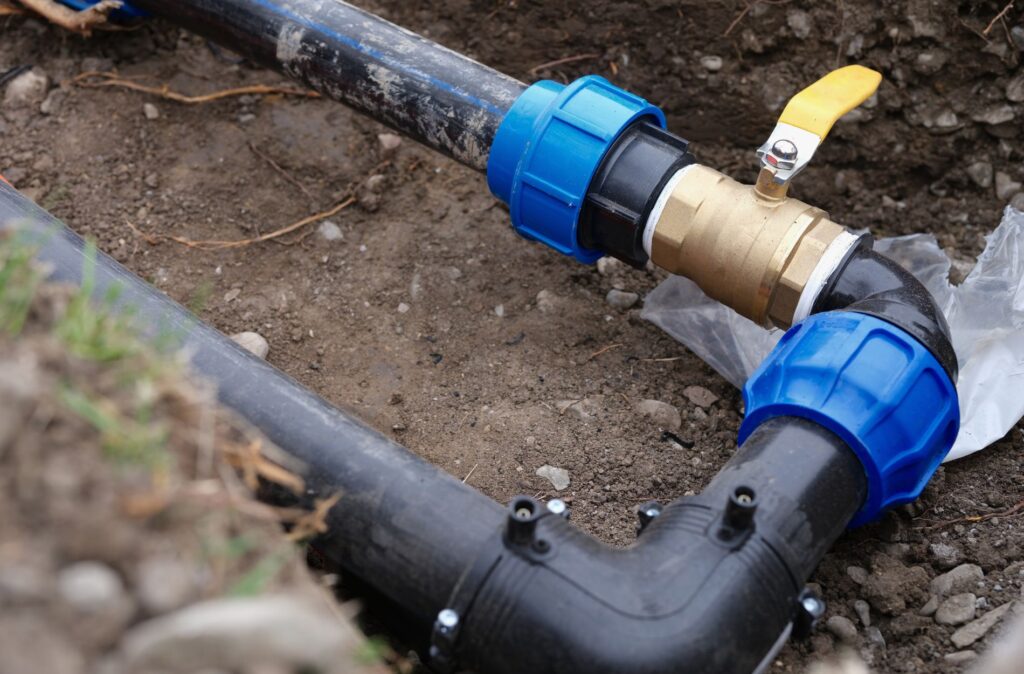What To Do When Your Repipe In Spring Creates New Plumbing Problems
A home repipe is supposed to fix ongoing plumbing concerns, not create new ones. But some homeowners in Spring are surprised to find unexpected problems pop up after the work is done. Water pressure may suddenly fluctuate, faucets may drip, or strange noises could come from the pipes. These issues can be frustrating, especially after the time and cost involved in replacing old piping.

Not every plumbing concern after a repipe means something serious went wrong, but ignoring the symptoms can lead to bigger problems. Finding and solving these newer issues quickly helps protect your home, water quality, and keeps things running the way they should. Knowing what to look for and what steps to take is the first move toward keeping your plumbing system stable after a repipe in Spring.
Identifying New Plumbing Issues Post-Repipe
After a repipe, most homeowners expect plumbing to improve right away. But depending on the work done and the layout of the home, some problems can emerge shortly after installation. These new concerns come in various forms. Here are a few to keep an eye out for:
– Drops in water pressure, especially in one isolated area of the home
– Water that appears cloudy or strange-smelling, possibly signaling residue in the pipes
– Noisy pipes or banging sounds, often referred to as water hammer
– Leaks forming around joints, fixtures, or shut-off valves
– Hot and cold water lines getting crossed, leading to temperature swings
These changes might appear right away or gradually over the next few days or weeks. Homeowners often overlook early symptoms like small drips or unusual sounds, thinking it is just part of the adjustment phase. But even minor issues can turn into bigger repairs if left unchecked. For example, a small leak under the sink may travel into cabinets or flooring, creating water damage or mold growth.
If any of these signs show up, it is not something to just monitor and hope improves. Taking action early will help avoid future headaches and preserve the integrity of the new pipe system.
Causes Of New Plumbing Problems After Repipe
It is natural to wonder why issues would appear after such a major repair. There are a few different reasons new plumbing problems may follow a repipe in Spring.
1. Improper installation: If connections were not sealed right or if mounting was done too tightly, pressure buildup can cause small leaks or pipe stress.
2. Residue left in the system: Sometimes debris or old minerals from the previous pipes settle into the new ones, causing clogs or strange water qualities.
3. Air in the lines: If the plumbing system was not flushed fully, trapped air can lead to sputtering from faucets or banging noises.
4. Material shifts: As pipes adjust in their new placements, particularly in older homes, they may shift slightly with water flow and temperature, loosening fittings or changing pressure.
5. Fixture damage during repipe: Some valves or connections may get disturbed during pipe replacement. A shower handle or sink faucet might begin to leak because surrounding plumbing moved during installation.
Each of these problems can affect different parts of the system and may show up in various ways. For homeowners, it is not always clear what is causing the issue. That is why these signs should never be ignored or assumed to be temporary. Waiting for a problem to resolve on its own can create more costly or difficult repairs.
Steps To Resolve New Plumbing Issues
When new plumbing problems start showing after a repipe, it can be confusing to know where to begin. The key is to react quickly while keeping safety and accuracy in mind. Some signs like water discoloration, low pressure, or slow drains might seem like small hiccups, but those problems often signal pressure buildup, pipe alignment shifts, or hidden leaks.
Here are a few steps homeowners in Spring can take right away:
– Check visible pipe connections and fixtures for leaks or moisture
– Note when issues occur, such as pressure loss in the shower only when the washer runs
– If water quality seems off, avoid using it for cooking or drinking until inspected
– Shut off your water supply if a leak is active and causing damage
– Keep track of which parts of the home are affected, as this helps narrow down the location
What might feel like a small inconvenience can grow fast. A one-off bang in the water line could be a sign of a poorly secured pipe. Or a small drip from a valve could be tied to pressure changes that stress the fittings.
Attempting to fix these issues without proper tools or knowledge often leads to more damage down the line. Homeowners should avoid removing fittings or accessing wall lines without the right experience. Instead, it is better to bring in our professionals to handle an assessment. They will not only identify the root cause but also make sure there is no underlying damage that is not easy to spot.
How Our Professionals Address Plumbing Issues After A Repipe
Once a problem is identified, addressing it requires more than a patch. Short-term repairs do not solve long-term concerns caused by underlying pressure imbalances or misaligned fittings. Our technicians approach each case by taking a step-by-step assessment and repair method, which often involves the following:
– Inspecting plumbing connections, joints, and newly installed lines
– Testing for pressure stability throughout key plumbing zones of the home
– Flushing lines to clear air blocks or any remaining debris
– Checking shut-off valves for proper alignment and usage
– Verifying proper placement of pressure regulators, backflow devices, or expansion tanks if needed
Our technicians have experience working through homes of all ages across Spring. Whether it is a modern build or an older structure with pipe systems that needed a major overhaul, we know how to check beyond surface symptoms.
Everything from water temperature swings to sink gurgles has a reason. Once located, we restore function and make adjustments that hold up over time. This protects not just convenience but helps ensure the integrity of the home’s plumbing system remains intact.
Maintaining Your Plumbing System After A Repipe
Even when a repipe is done properly, the job does not end there. Regular upkeep helps protect the new pipes and spot any irregularities before they grow into costly repairs. Maintenance after a repipe is about staying a step ahead, especially in humid summer months like August, when small leaks can quickly lead to mildew or moisture buildup.
Basic maintenance steps include:
– Watching for changes in water pressure or temperature during daily use
– Checking under sinks and around shut-off valves at least once a month
– Keeping outside pipes and outdoor spigots free of debris and clogs
– Scheduling system inspections once or twice a year to ensure all settings remain properly calibrated
One helpful example can be found in homes that used to experience frequent pipe rust before repiping. After the new system was installed, a homeowner in Spring noticed water pressure was far better. But then, slowly, the kitchen faucet became weak again. It turned out mineral deposits had collected in the aerator from pipe flushing. Something as small as cleaning that out solved the issue, but ongoing checks helped them catch it before it seemed like the whole system was failing.
Once new piping is in place, it is worth treating it like a long-term investment. That means keeping it clean, adjusting your habits to spot minor changes early, and getting preventative checkups to keep the system healthy.
Keep Plumbing Issues In Check Before They Return
A repipe should mean peace of mind, not extra stress. But when things still feel off after the job wraps up, it is not something to push aside. Leaks, pressure drops, noisy lines, these are signs of deeper issues that deserve attention. Whether it is due to air trapped in the system or small fixtures that were stressed during installation, these problems need to be handled with care.
Ongoing maintenance, quick troubleshooting, and help from trained technicians are the best ways to keep your plumbing reliable. Issues after repiping do not always mean something was done wrong. But acting quickly, spotting problems early, and trusting trained eyes makes all the difference in keeping your home’s plumbing dependable for the long run.
For continued peace of mind with your plumbing system in Spring, Texas Quality Plumbing recommends staying proactive about routine checks and being aware of warning signs that could signal bigger issues ahead. Learning more about repipe in Spring can help you protect your investment and avoid costly repairs. For a quick estimate or to book a service visit, please contact us today.

